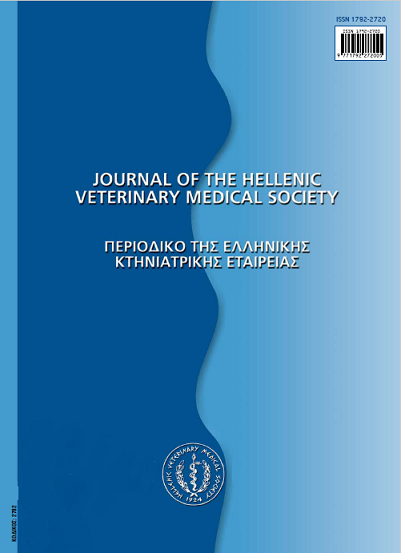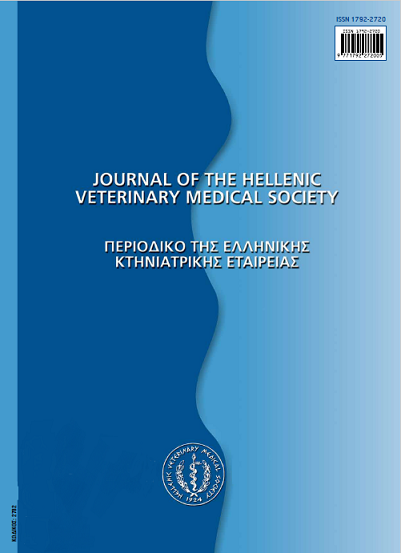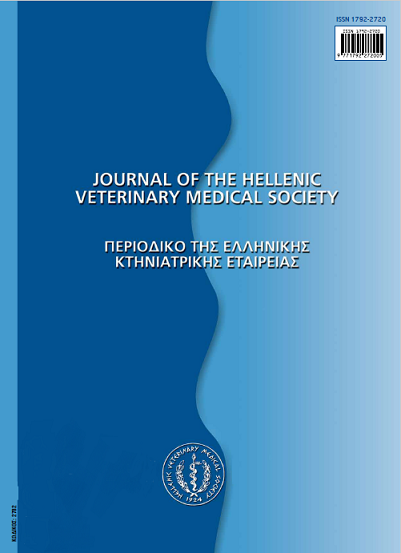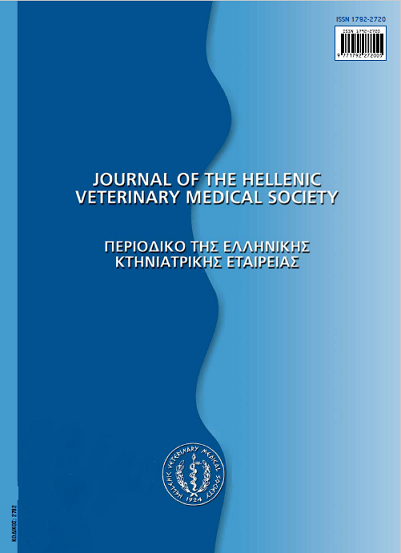Spontaneous remission of localized myasthenia gravis manifested as megaesophagus in a dog
Аннотация
A 2.5-year-old male German shepherd-cross dog was admitted for progressively deteriorating regurgitations ofone-month duration. Physical examination was unremarkable, apart from a poor body condition; also, neurological examination did not reveal any abnormality. In thoracic survey radiographs, a generalized esophageal dilation, consistent with megaesophagus, was well visualized. An increased nicotinic acetylcholine receptor antibody titer confirmed the diagnosis of acquired focal myasthenia gravis expressed as megaesophagus in this patient. The only help offered to the dog was a modification of its feeding habits (upright position, small and frequent meals). Within two months of the initial admission and prior to institution of specific treatment for myasthenia gravis, the dog experienced spontaneous and complete clinical remission and remained healthy for the next two years, eating again the normal way, but unfortunately was lost to follow-up. The favourable outcome of megaesophagus due to localized myasthenia gravis is discussed accordingly.
Article Details
- Как цитировать
-
SOUBASIS (Ν. ΣΟΥΜΠΑΣΗΣ) N., MYLONAKIS (Μ.Ε. ΜΥΛΩΝΑΚΗΣ) M. E., PATSIKAS (Μ.Ν. ΠΑΤΣΙΚΑΣ) M. N., POLIZOPOULOU (Ζ. ΠΟΛΥΖΟΠΟΥΛΟΥ) Z., & KOUTINAS (Α.Φ. ΚΟΥΤΙΝΑΣ) A. F. (2017). Spontaneous remission of localized myasthenia gravis manifested as megaesophagus in a dog. Journal of the Hellenic Veterinary Medical Society, 61(1), 36–39. https://doi.org/10.12681/jhvms.14874
- Выпуск
- Том 61 № 1 (2010)
- Раздел
- Case Report
Authors who publish with this journal agree to the following terms:
· Authors retain copyright and grant the journal right of first publication with the work simultaneously licensed under a Creative Commons Attribution Non-Commercial License that allows others to share the work with an acknowledgement of the work's authorship and initial publication in this journal.
· Authors are able to enter into separate, additional contractual arrangements for the non-exclusive distribution of the journal's published version of the work (e.g. post it to an institutional repository or publish it in a book), with an acknowledgement of its initial publication in this journal.
· Authors are permitted and encouraged to post their work online (preferably in institutional repositories or on their website) prior to and during the submission process, as it can lead to productive exchanges, as well as earlier and greater citation of published work.











